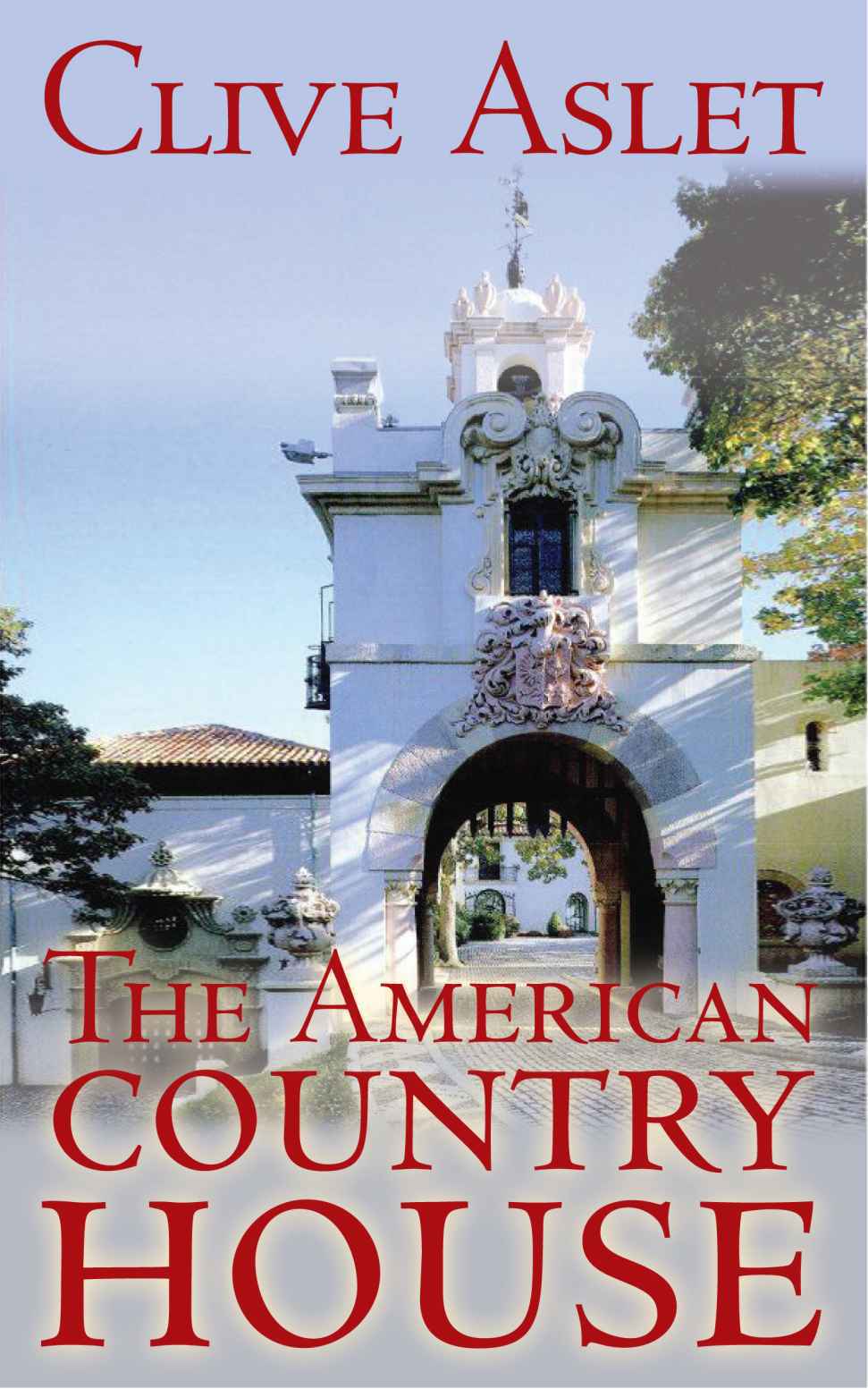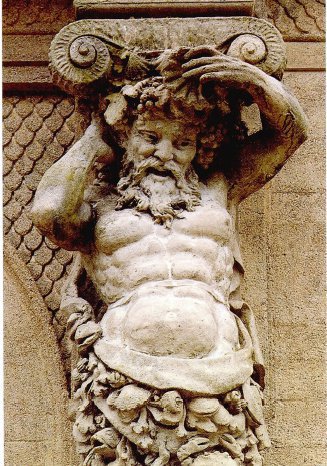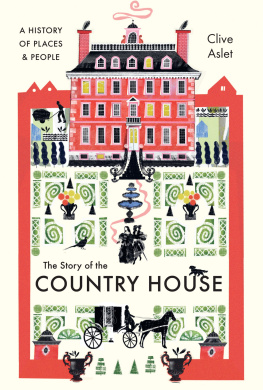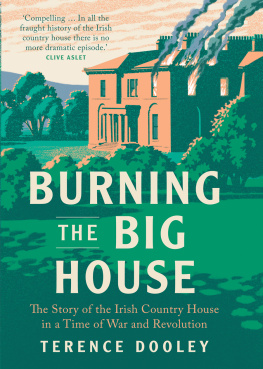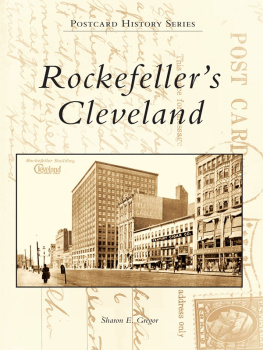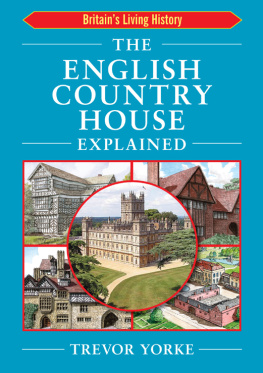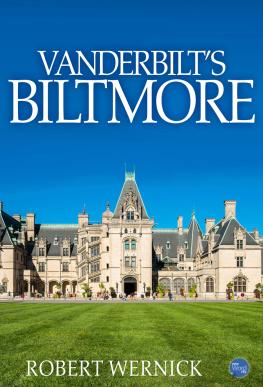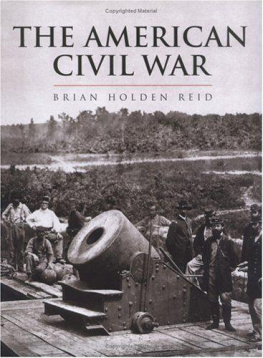THE AMERICAN COUNTRY HOUSE
The American Country House
Clive Aslet
Clive Aslet 1990 *
*Indicates the year of first publication.
To Emily and Sophie
PREFACE TO THE SECOND EDITION
If I had known about the Brick House in Vermont in 1980, I might have been saved the labour of writing this book. I was then just completing the manuscript of my book The Last Country Houses, about the final flowering of the great country houses in early twentieth-century Britain. Visiting the United States in particular the book room of the photographer Richard Cheek I became convinced that similar houses, away from built-up areas, often supplied with their own produce, elaborately furnished and equipped for every form of outdoor activity, existed on that side of the Atlantic. American friends, however, assured me that no such plutocratic excesses could have been perpetrated in the land of the free. If only I had been able to reply with the words Electra Havemeyer Webb. She built the Brick House, and it expresses nearly everything that is worth saying about the American country-house movement. Because of a family division which left the Brick House and Mrs Webbs Shelburne Museum in a different organisation from the estate created by her parents-in-law, Shelburne Farms, I missed it when I stayed in Vermont. My wife and I drove away from our night at Shelburne Farms, now a hotel, unaware that a key document in the fusion of American and British culture that was the American country house lay over the hill.
Born in 1888, Electra Havemeyer grew up amid beauty. The interior of the family house on Park Avenue in New York (perhaps not extravagantly lovely on the outside) was entirely decorated by Tiffany. Her mother, Louisine, was a friend of Degass pupil Mary Cassatt; as the wife of the sugar baron H.O. Havemeyer, she was able to become perhaps the greatest of all American collectors of Impressionist paintings, her first purchase dating from 1878 a Monet of a bridge in Amsterdam. To instil the Havemeyers love of the culture of the old world into their daughter, they took her around Europe. In fact her education did not extend to very much else. As a consequence, it should have surprised nobody but her mother when, at the age of nineteen, Electra first stopped the car to buy something she simply had to have, the object was far from conforming to her parents aesthetic ideal. It was a wooden figure of a Native Indian, standing outside a cigar store. Mrs Havemeyer was appalled. How can you, Electra, she would later sigh as she surveyed Electras home on Long Island, you who have been brought up with Rembrandts and Manets, live with such American trash.
But it was the start of a passion. In Electras case, it is not difficult to explain her pleasure in terms of the thrill of the chase because she was also an ardent huntress. Foxhunting was one of the pursuits that she shared with her husband. Watson Webb came from a background in which beauty was, in its way, as important as it was to the Havemeyers; only the beauty lay in landscape and horses rather than art. His father, William Seward Webb, was descended from Revolutionary and Civil War heroes. As I describe later in the book, he trained as a doctor, but changed career in order to marry Elsa Vanderbilt, whose father would not countenance the suit until he demonstrated a capacity for business. He did so, they married, and it was while prospecting for a railroad that he came across the site for Shelburne Farms. Every year he planted a hundred thousand trees, which now make his estate one of the most ravishing in America.
There was polo at Shelburne Farms: the breeding barn was big enough to contain an indoor polo field. Watson played for America against the Prince of Waless team in Long Island, beating the British for the first time. The Webbs also had their own pack of foxhounds, hunting a seemingly endless country in Elysian conditions. Beneath an avenue of black locust trees, bark as deeply rutted as an old creek and summer blossoms dropping like snow, wooden headstones mark the burial place of favourite hunters, polo ponies and dogs. Not that Electras sporting adventures were confined to the Shelburne estate. Im afraid Im a killer, she confessed. I like big-game trips and I like sport of all kinds. Her trophy room is crowded with the heads and stuffed animals she brought back.
It would have been easy to assume that this horsy, outdoor couple were dead to the aesthetic side of life. Nothing could have been further from the truth. Riding over from the big house one day soon after their marriage in 1910, Watson showed Electra a modest brick farmhouse. The windows were boarded. This, he told her, was where he dreamed of living. To Electra, this seemed a strange ambition but she soon came to share it. Naturally the gilded young couple required that the farmhouse was renovated and extended, employing the New York firm of Cross and Cross for the purpose. Cross and Cross devised a scheme to copy the larger of the two wings, leaving the smaller wing, now in the middle of the house, to act as the centrepiece. It was a sensitive solution, and their perspective drawing shows the shutters prettily painted green (sadly, a colour that Electra never adopted, preferring them to be white). In time, even the enlarged house became too small, and a new entrance front was built at right angles to the old house. This turned the place into a substantial building, although this is hardly evident from the modest entrance front, with its iron loops to tie horses and brass plate warning the visitor to beware of the owner more than the dog. The interior spaces remained on the scale of the old farmhouse. The name, the Brick House, captures the self-deprecating mood, typical of the Colonial Revival (later, William Adams Delano would build a similarly unshowy Brick House for Paul Mellon in Virginia).
In New York, the Webbs lived less cosily: their apartment, which would eventually find its way to the Shelburne Museum, was decorated by the Schmitt Brothers, an English firm of antique dealers and interior designers with premises in London and New York. Here Electra hung her mothers Impressionists. But at Shelburne she plunged into a simpler world, in which horses, dogs and the Colonial Revival featured equally. She was an early and influential collector of American art and furniture. It was a visit to the Brick House which started Henry Francis DuPont on the path of collecting that created Winterthur. But whereas DuPont became almost a prisoner of his own collection, reprimanding his wife if she moved any item in the ensemble of a room, Electra never seems to have become so obsessive. She furnished by eye. Lamps are made out of cobblers benches or old coffee grinders, their shades being hatboxes with the tops and bottoms removed. Hooked rugs, thick pine panelling, quilts, dolls, lusterware jugs, maps pasted directly onto walls, stencilling, horses head tethering rings, hunting prints, fox masks the effect was a warm folksiness, smelling a little of the stable.
Typically, it was through a connection with horses that Electra first broached the subject of a museum to her husband. Her late father-in-law, William Seward Webb, had been a member of the New York Coaching Club, and in the 1930s it was his collection of horse-drawn carriages whose fate was perplexing the family. They were delighted to give them to Electra to display. Well, from then on, she recalled, there was no holding me. Later, she summed up the object of her museum as being to depict the manner of living in Vermont and the surrounding territories during the early days, with buildings and collections that would show the fine craftsmanship and ingenuity of our forefathers. By the time of her death in 1960, there were more than eighty thousand objects, shown in twenty-eight separate buildings.

